Design System
Crafting a Scalable & Unified Framework
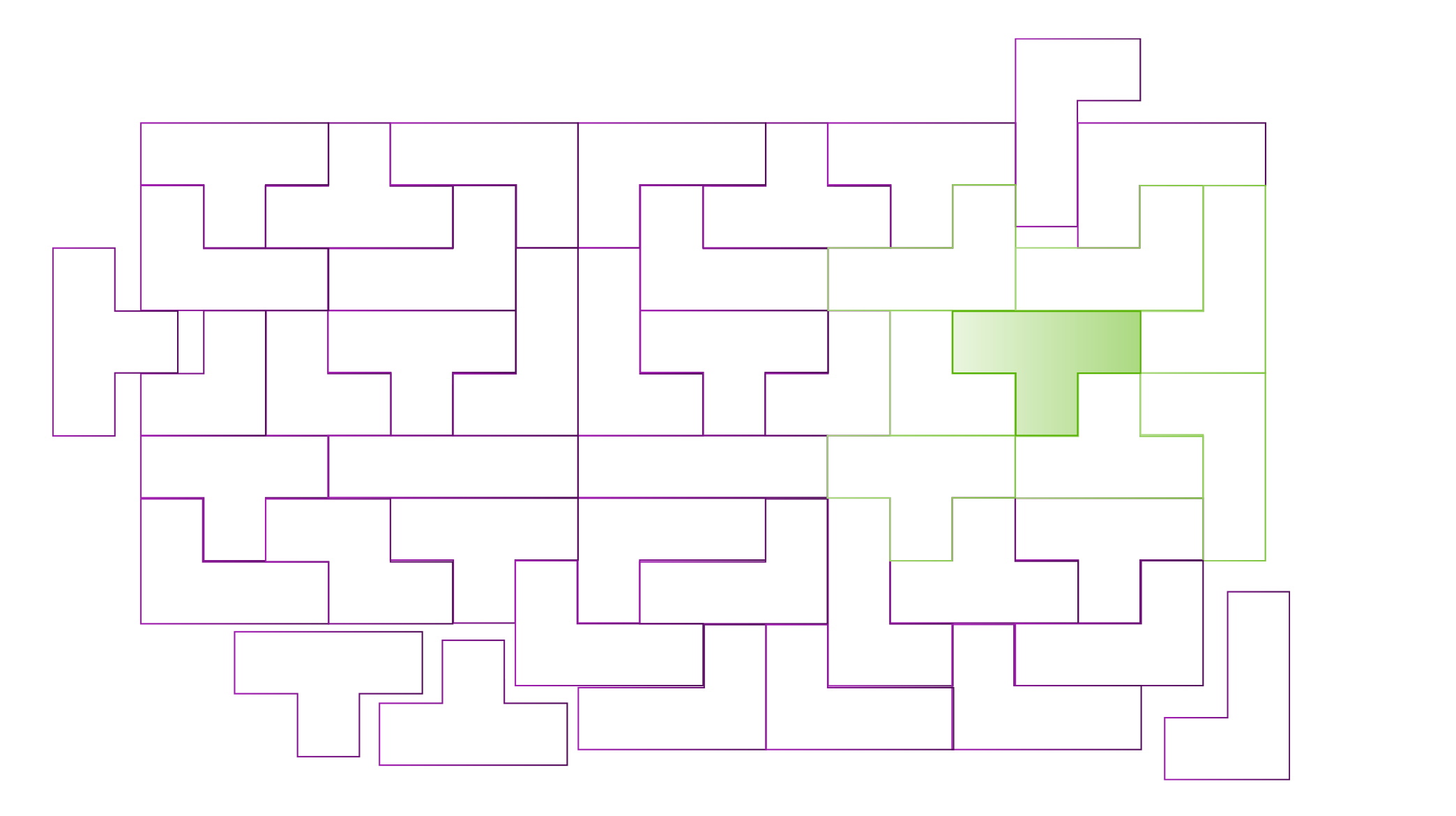

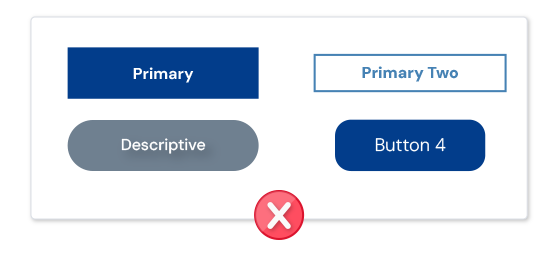
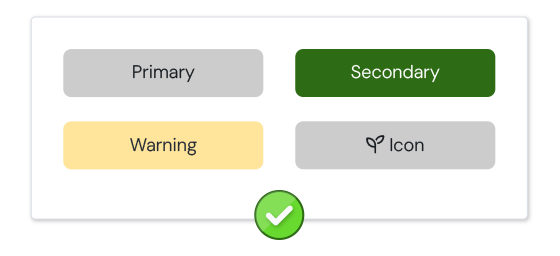
By unifying UI components and processes, the design system eliminated inefficiencies, reduced redundancies, and empowered teams to create cohesive, user-centered products. Without a standardized framework, teams struggled with inconsistency, wasted effort, and prolonged development cycles.
Before its implementation, fragmented UI components led to usability gaps, inefficient collaboration forced designers and developers to rebuild elements from scratch, and the absence of standardized assets slowed product releases. By addressing these challenges, the design system became a catalyst for efficiency, consistency, and faster time-to-market.
Goal: Understand the gaps, inconsistencies, and needs in our existing UI components.
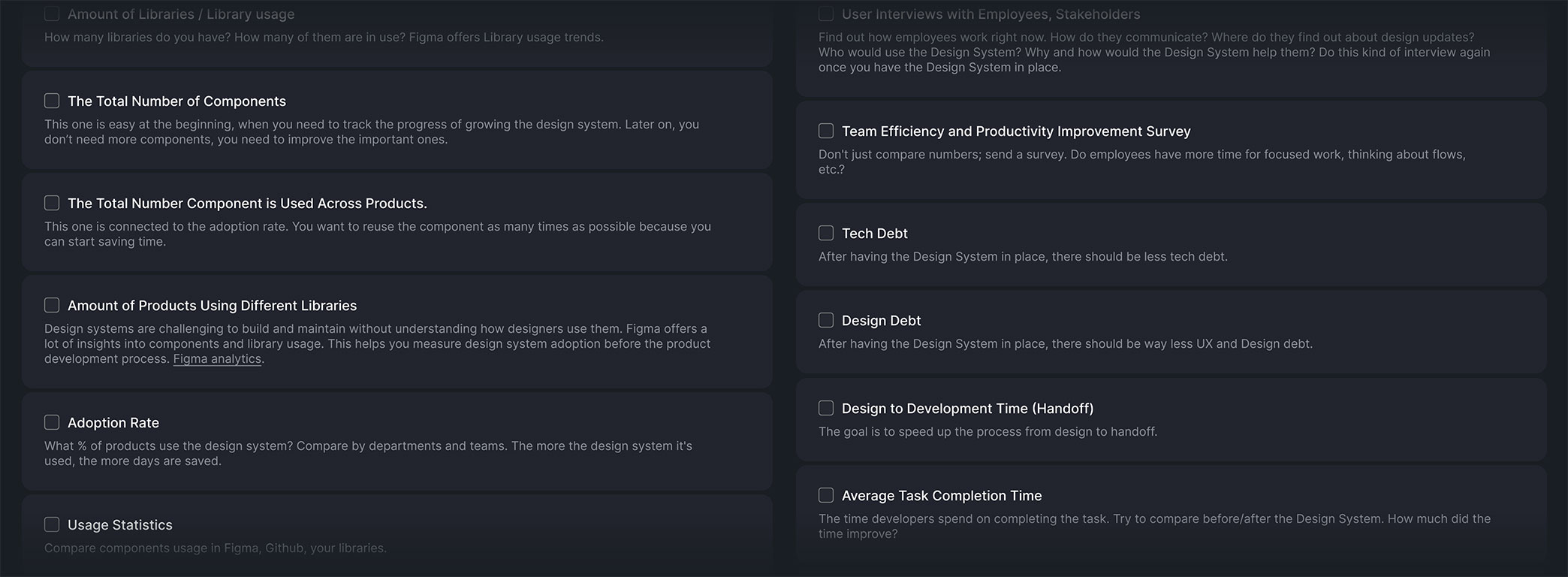
To ensure the design system addressed organizational pain points, we conducted a comprehensive audit of existing UI components across all products and platforms. This involved identifying inconsistencies in design elements like typography, color schemes, and button styles. Alongside the audit, we engaged with stakeholders to uncover challenges in using and maintaining these components, ensuring we captured a wide range of perspectives.
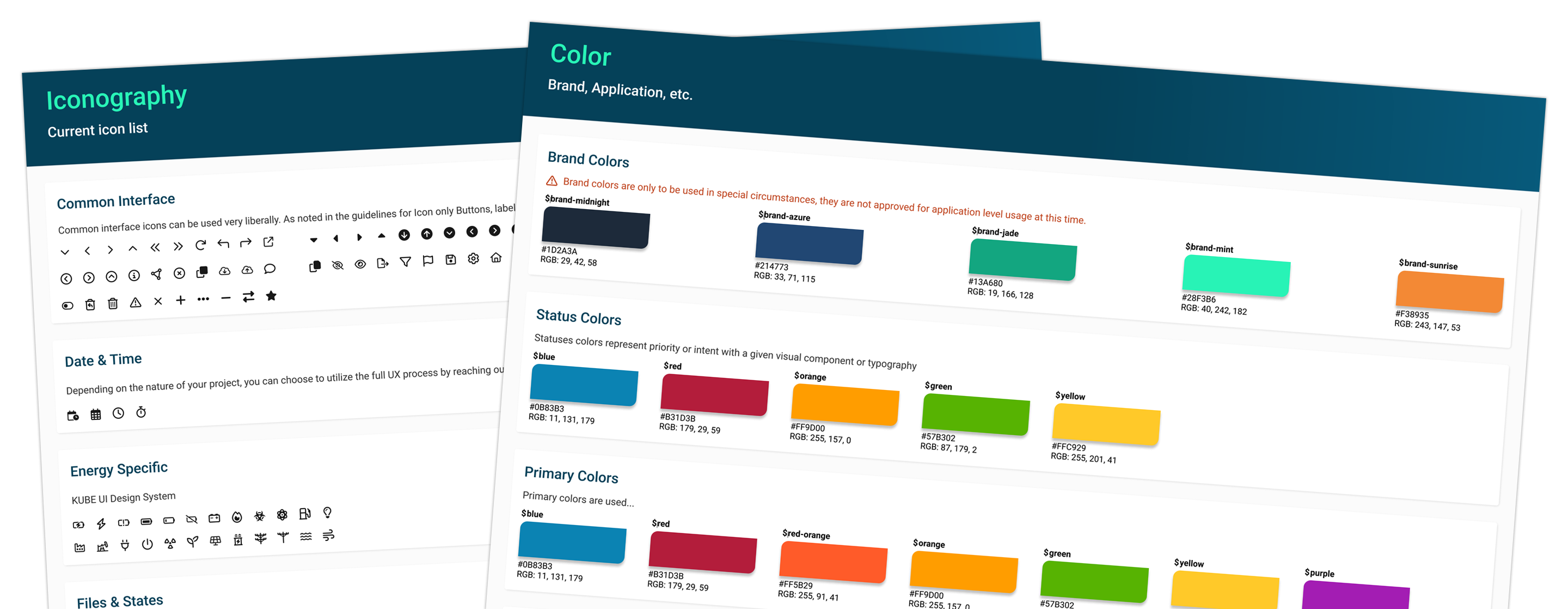
Goal: Define a foundational set of reusable UI components and design principles.
With the audit complete, we defined the core elements that would form the backbone of the design system. These included typography, colors, buttons, form elements, and grid systems. We also established clear design principles to ensure these components could scale effectively across products while maintaining consistency and adaptability.
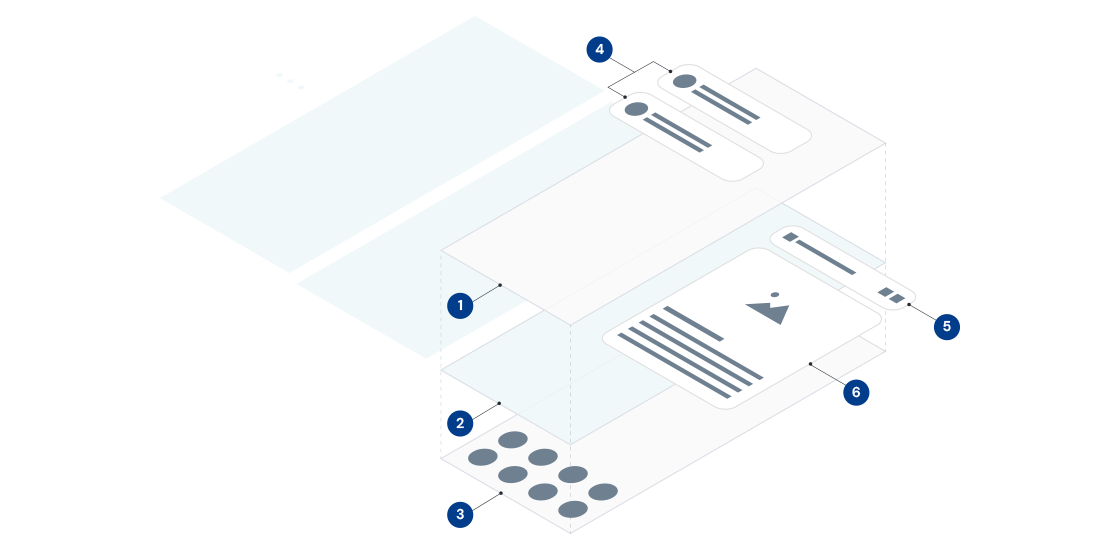
Goal: Validate the usability and consistency of key components across platforms.
We translated the foundational components into low-fidelity wireframes and prototypes to test their functionality in real-world scenarios. Feedback from designers and developers during this phase ensured that each component could be implemented effectively without compromising usability or scalability.

Goal: Develop high-fidelity components that meet design, usability, and accessibility standards.
Using the validated prototypes, we finalized the design of each component with high-fidelity precision. Accessibility was a key consideration, and every element adhered to WCAG standards to ensure inclusivity. The finalized components were then documented in a centralized platform for easy access by teams.
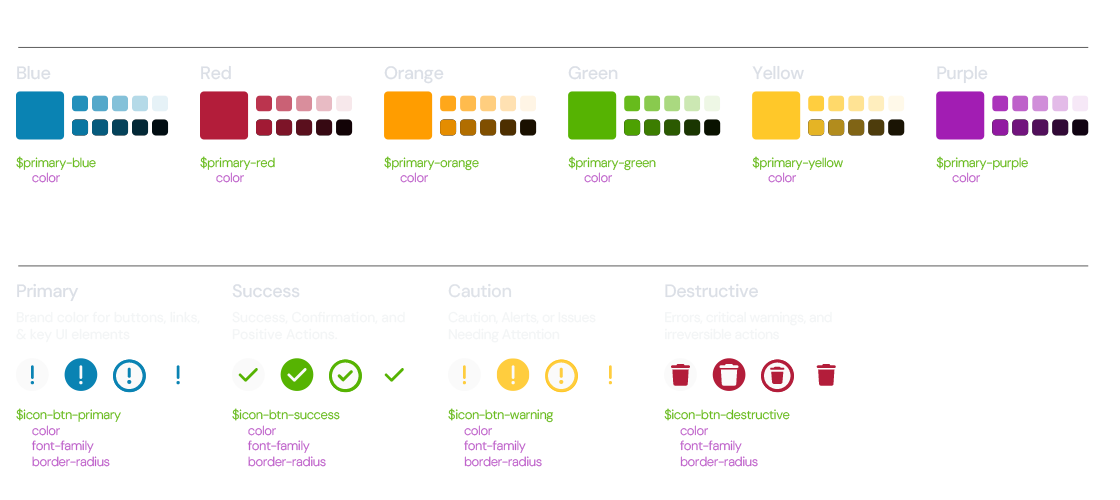
Goal: Ensure seamless integration of the design system into the codebase for scalability.
We worked closely with developers to build reusable code components based on the high-fidelity designs. Rigorous usability testing ensured that the components functioned effectively across platforms, and detailed documentation made implementation and customization seamless.

Goal: Continuously refine the design system to align with evolving needs and feedback.
After launch, the design system was continuously monitored to identify gaps or opportunities for improvement. Regular feedback loops with teams ensured the system evolved alongside product needs, maintaining its relevance and scalability.
The design system provided a comprehensive, centralized framework that empowered teams across the organization. By standardizing UI components and processes, we improved collaboration, reduced inconsistencies, and accelerated product delivery. Designers and developers worked more efficiently, ensuring a cohesive user experience across all platforms and products.
With reusable and accessible UI components, the system created a consistent design language that seamlessly integrated across our ecosystem. This standardization not only enhanced usability but also streamlined design and development workflows, reducing inefficiencies and enabling faster time-to-market. By eliminating redundancy and fostering alignment, the design system became a cornerstone of efficiency and scalability.
Reduction in design and development time for new product features.
Improvement in cross-team collaboration efficiency, as reported by designers and developers.
Faster onboarding for new team members due to the centralized and well-documented design system.
This project highlighted the transformative value of a well-executed design system in addressing inconsistencies and inefficiencies across teams. By involving stakeholders throughout the process and focusing on scalability, the design system became a cornerstone for delivering cohesive, high-quality user experiences.
The iterative approach ensured that the system not only met immediate needs but also remained adaptable for future growth.